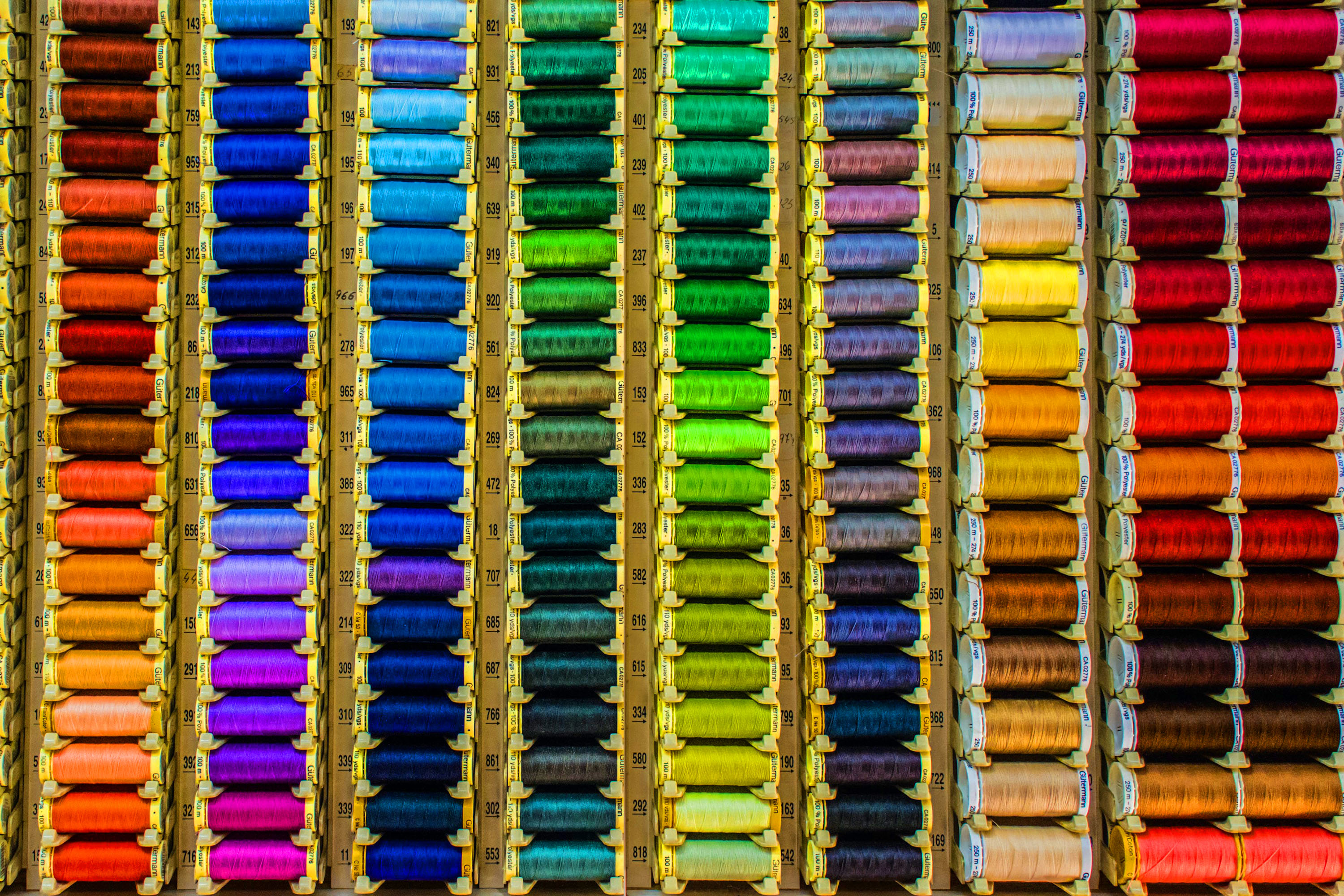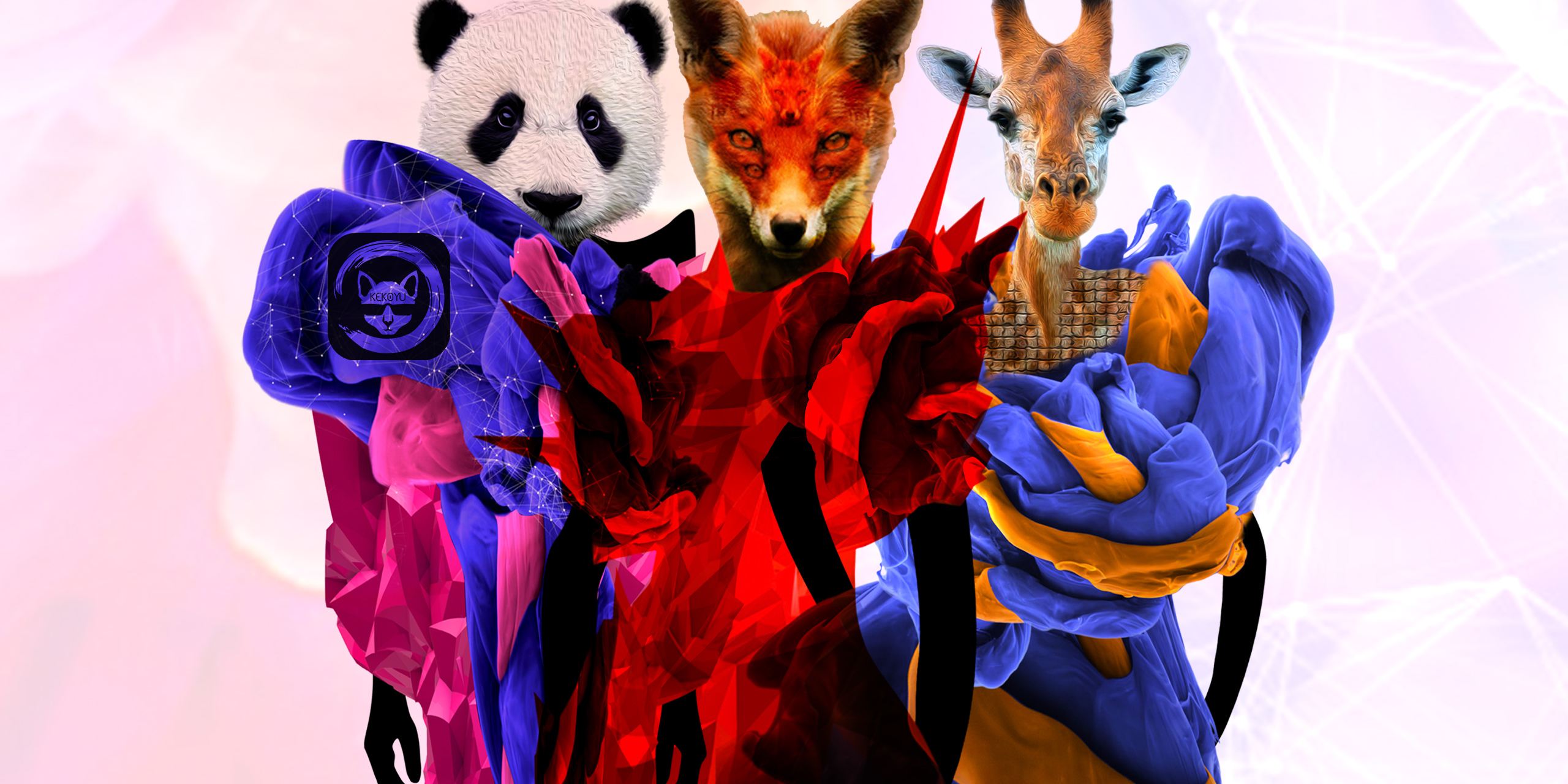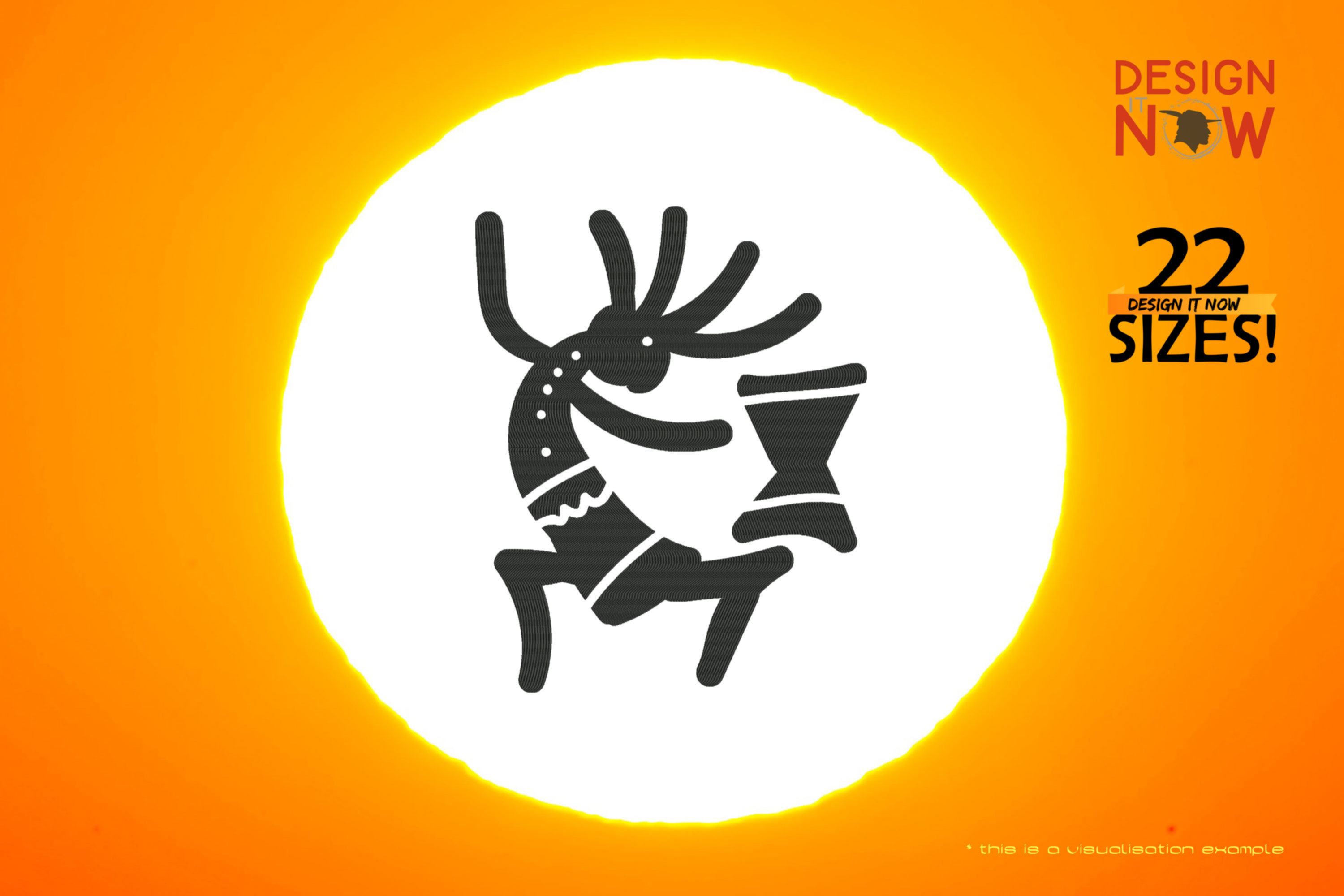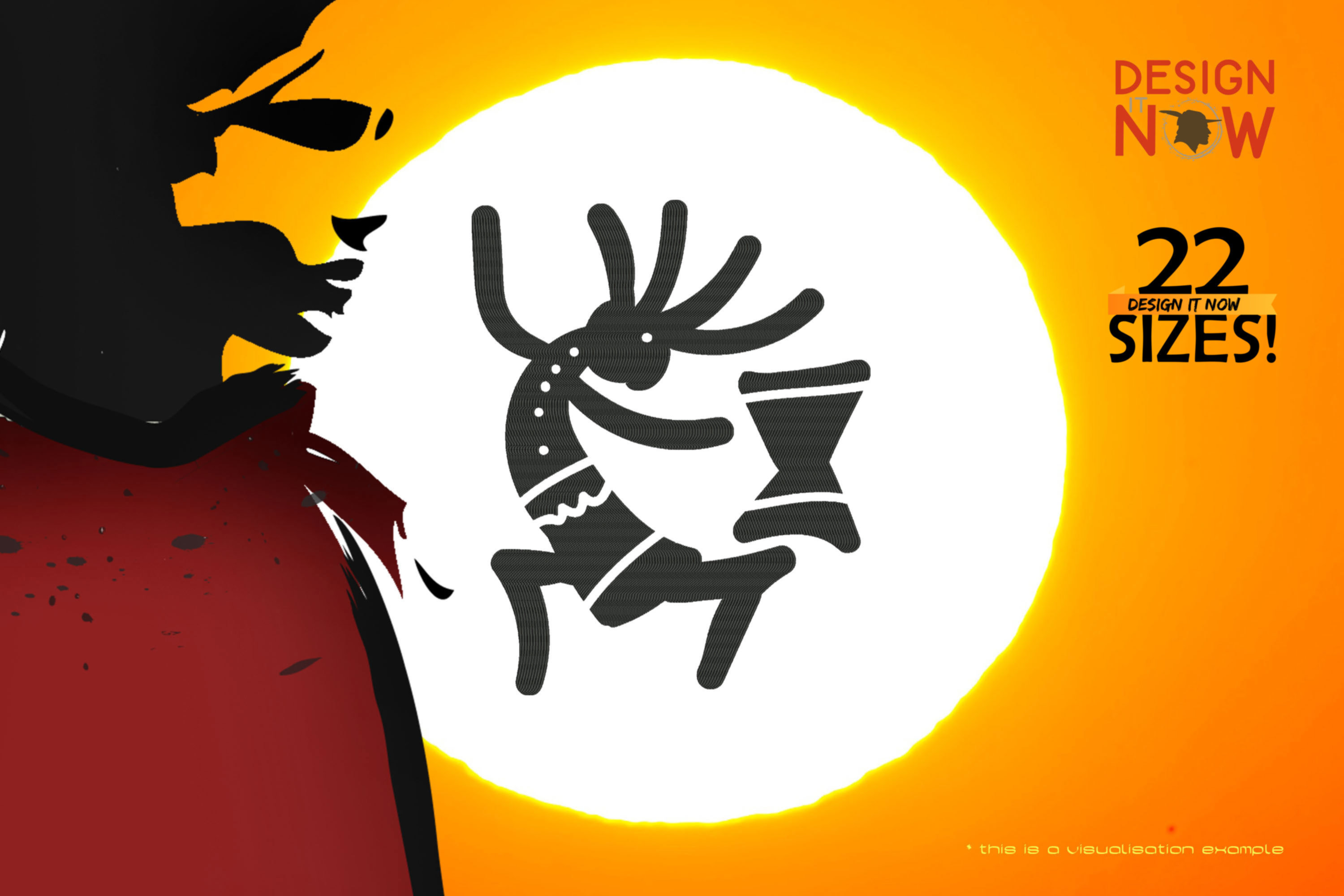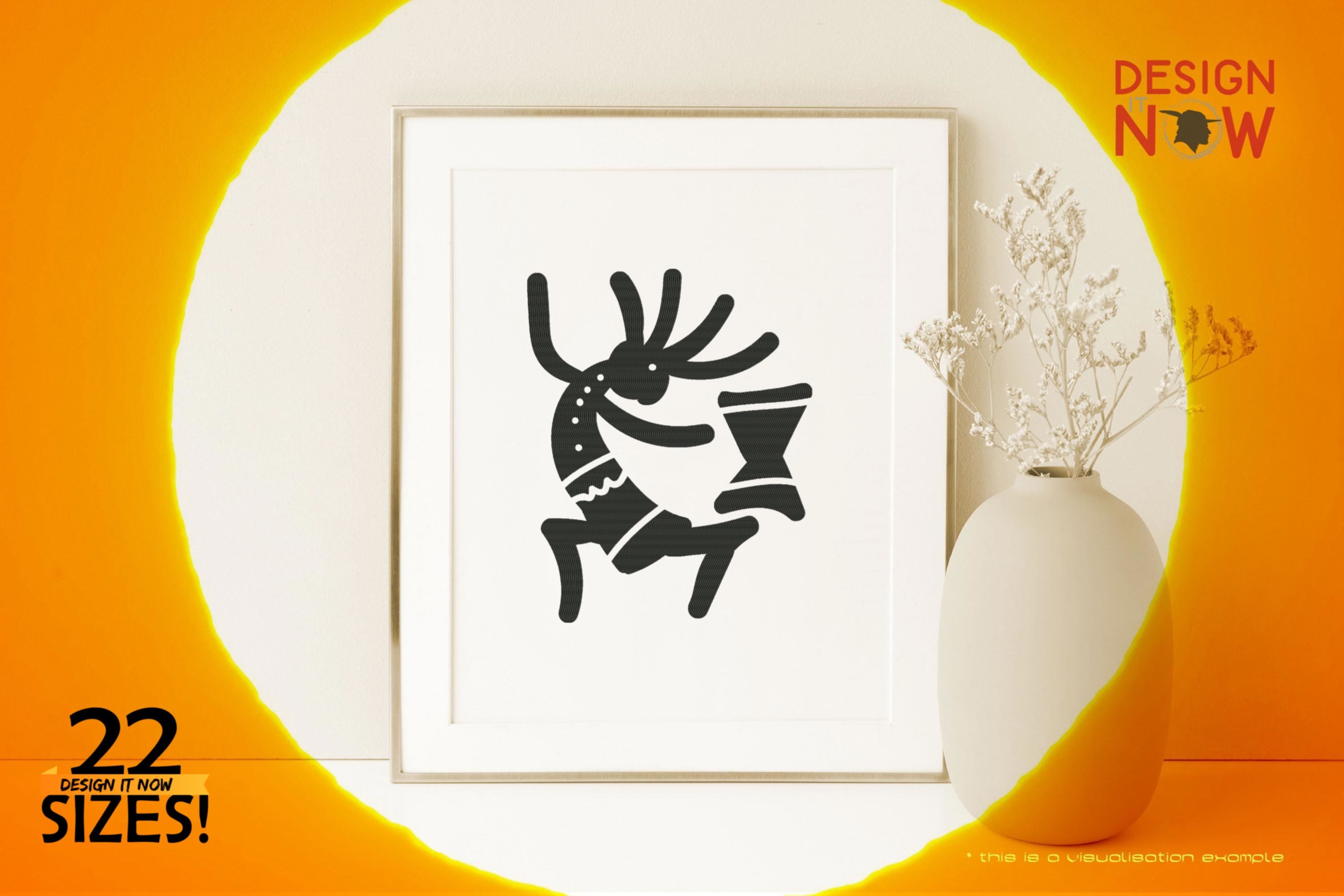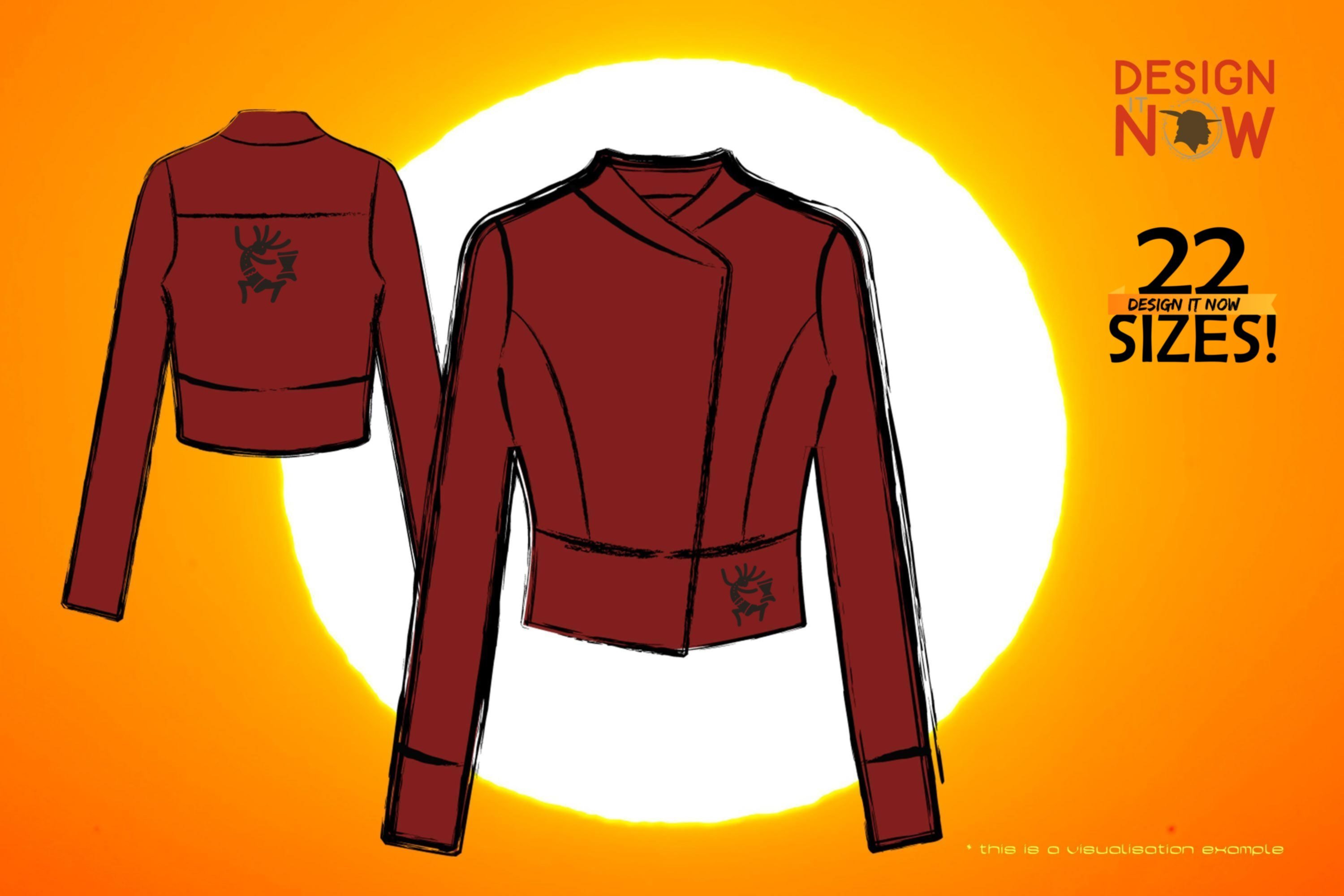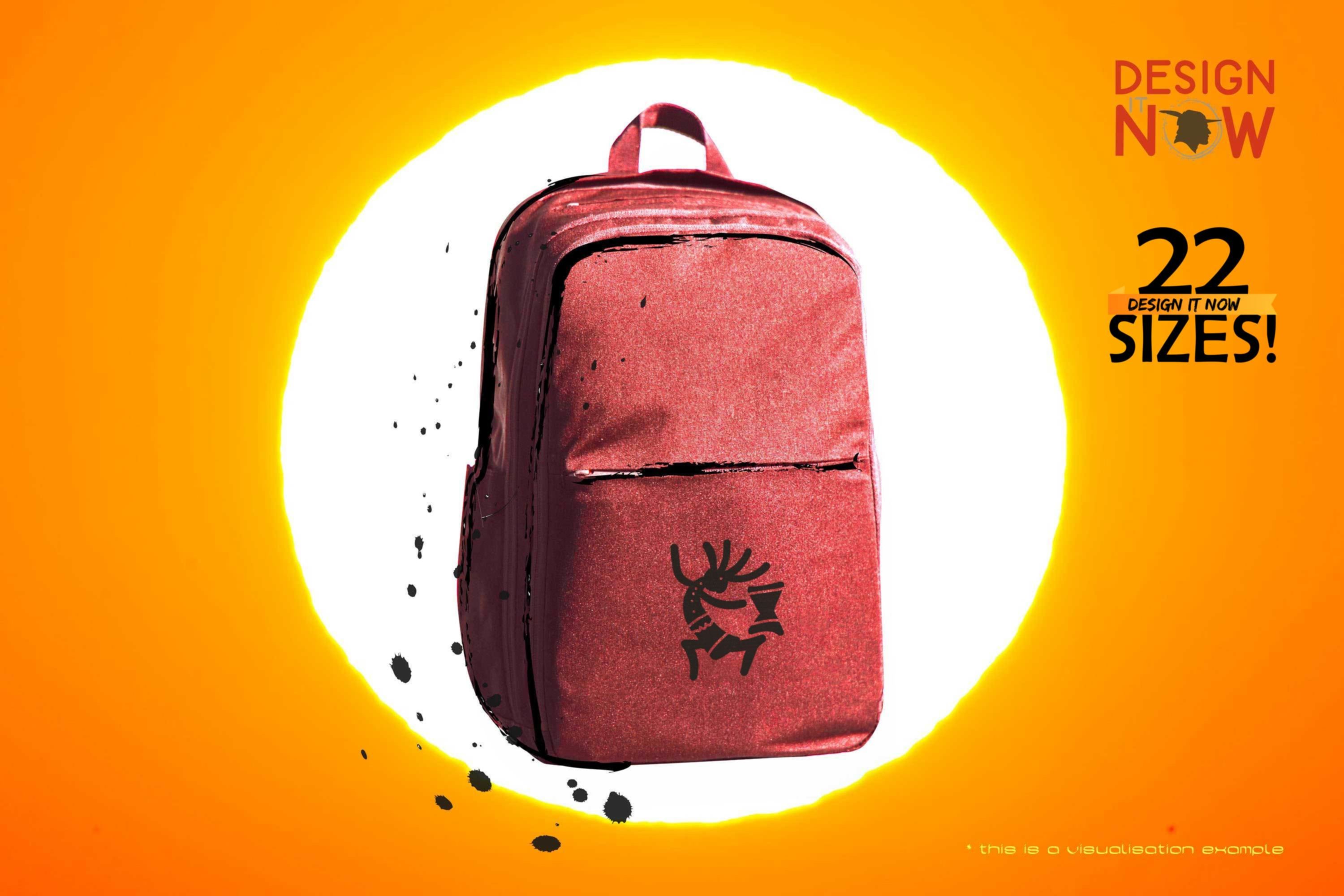US$1.10*
% US$4.40* (75% saved)Free shipping
Product number: N09292
Product information "Kokopelli Flute Player Symbol II"
Kokopelli is the name given to a religious symbol that has survived in the form of petroglyphs of the anasazi and various prehistoric indian peoples of the southwestern united states. This human-like figure is depicted as a flute player, often with a hump and usually with a pronounced phallus. Kokopelli is considered a fertility deity and is often depicted with other symbols related to fertility of farmland, huntable game, and human sexuality. The name kokopelli comes from the hopi spirit kookopolo (one of the kachina spirits), which represents fertility of people and crops. It has been generally applied to these prehistoric images by ethnologists since the beginning of the 20th century, although there are significant differences in representation and function in addition to great similarities.
Today, kokopelli is considered a universal symbol of the region and its culture in the southwestern united states and is depicted thousands of times in advertising. The kokopelli is the most commonly depicted human-like figure of the anasazi and their direct and indirect successors. He is found both as petroglyphs, painted on the rock, and as petroglyphs, carved into the surface of the rock, throughout the southwest, predominantly on the colorado plateau around the four corners, less frequently in other parts of utah, colorado, new mexico, and arizona, and sporadically beyond the borders in nevada, texas, oklahoma, and extreme northern mexico. The greatest densities are found at the taawaiki site on black mesa in arizona, with about 175 images of kopopelli, and at the santa fe river near la cienega in new mexico, with at least 130 flute players.
Rock carvings of flute players can be traced to very early times in the southwest. At least five figures in southern utah date to the archaic period and are of the barrier canyon style, dated to between 4000 and 500 bc. In the basketmaker culture of northern arizona, their distribution increases significantly before the year 500. These earliest images of flute players without other attributes may simply represent human musicians without religious significance. The development of the figure with all pertinent attributes probably took place on the upper rio grande and in the san juan basin and is dated to the pueblo i phase of the anasazi culture and thus to the period from 750 to 900. Early representations are mostly stick figures or depicted as an outline, later other forms are added and regionally different traditions are formed.
Today, kokopelli is considered a universal symbol of the region and its culture in the southwestern united states and is depicted thousands of times in advertising. The kokopelli is the most commonly depicted human-like figure of the anasazi and their direct and indirect successors. He is found both as petroglyphs, painted on the rock, and as petroglyphs, carved into the surface of the rock, throughout the southwest, predominantly on the colorado plateau around the four corners, less frequently in other parts of utah, colorado, new mexico, and arizona, and sporadically beyond the borders in nevada, texas, oklahoma, and extreme northern mexico. The greatest densities are found at the taawaiki site on black mesa in arizona, with about 175 images of kopopelli, and at the santa fe river near la cienega in new mexico, with at least 130 flute players.
Rock carvings of flute players can be traced to very early times in the southwest. At least five figures in southern utah date to the archaic period and are of the barrier canyon style, dated to between 4000 and 500 bc. In the basketmaker culture of northern arizona, their distribution increases significantly before the year 500. These earliest images of flute players without other attributes may simply represent human musicians without religious significance. The development of the figure with all pertinent attributes probably took place on the upper rio grande and in the san juan basin and is dated to the pueblo i phase of the anasazi culture and thus to the period from 750 to 900. Early representations are mostly stick figures or depicted as an outline, later other forms are added and regionally different traditions are formed.
Product Number: N09292
Product Name: kokopelli-IIIThis design comes with the following sizes:
Size: 3.57"(w) X 4.44"(h) (90.8mm X 112.8mm)
Size: 3.67"(w) X 4.56"(h) (93.2mm X 115.8mm)
Size: 4.49"(w) X 5.58"(h) (114.0mm X 141.8mm)
Size: 4.52"(w) X 5.62"(h) (114.8mm X 142.8mm)
Size: 4.58"(w) X 5.70"(h) (116.4mm X 144.8mm)
Size: 4.68"(w) X 5.82"(h) (118.8mm X 147.8mm)
Size: 5.06"(w) X 6.29"(h) (128.6mm X 159.8mm)
Size: 5.22"(w) X 6.49"(h) (132.6mm X 164.8mm)
Size: 5.50"(w) X 6.84"(h) (139.8mm X 173.8mm)
Size: 5.54"(w) X 6.88"(h) (140.6mm X 174.8mm)
Size: 5.79"(w) X 7.20"(h) (147.0mm X 182.8mm)
Size: 5.94"(w) X 7.39"(h) (151.0mm X 187.8mm)
Size: 6.24"(w) X 7.75"(h) (158.4mm X 196.8mm)
Size: 6.43"(w) X 7.98"(h) (163.2mm X 202.8mm)
Size: 6.61"(w) X 8.22"(h) (168.0mm X 208.8mm)
Size: 6.80"(w) X 8.46"(h) (172.8mm X 214.8mm)
Size: 7.12"(w) X 8.85"(h) (180.8mm X 224.8mm)
Size: 7.21"(w) X 8.97"(h) (183.2mm X 227.8mm)
Size: 7.76"(w) X 9.64"(h) (197.0mm X 244.8mm)
Size: 7.91"(w) X 9.83"(h) (201.0mm X 249.8mm)
Size: 9.50"(w) X 11.80"(h) (241.2mm X 299.8mm)
Size: 11.39"(w) X 14.17"(h) (289.4mm X 359.8mm)
Size: 3.67"(w) X 4.56"(h) (93.2mm X 115.8mm)
Size: 4.49"(w) X 5.58"(h) (114.0mm X 141.8mm)
Size: 4.52"(w) X 5.62"(h) (114.8mm X 142.8mm)
Size: 4.58"(w) X 5.70"(h) (116.4mm X 144.8mm)
Size: 4.68"(w) X 5.82"(h) (118.8mm X 147.8mm)
Size: 5.06"(w) X 6.29"(h) (128.6mm X 159.8mm)
Size: 5.22"(w) X 6.49"(h) (132.6mm X 164.8mm)
Size: 5.50"(w) X 6.84"(h) (139.8mm X 173.8mm)
Size: 5.54"(w) X 6.88"(h) (140.6mm X 174.8mm)
Size: 5.79"(w) X 7.20"(h) (147.0mm X 182.8mm)
Size: 5.94"(w) X 7.39"(h) (151.0mm X 187.8mm)
Size: 6.24"(w) X 7.75"(h) (158.4mm X 196.8mm)
Size: 6.43"(w) X 7.98"(h) (163.2mm X 202.8mm)
Size: 6.61"(w) X 8.22"(h) (168.0mm X 208.8mm)
Size: 6.80"(w) X 8.46"(h) (172.8mm X 214.8mm)
Size: 7.12"(w) X 8.85"(h) (180.8mm X 224.8mm)
Size: 7.21"(w) X 8.97"(h) (183.2mm X 227.8mm)
Size: 7.76"(w) X 9.64"(h) (197.0mm X 244.8mm)
Size: 7.91"(w) X 9.83"(h) (201.0mm X 249.8mm)
Size: 9.50"(w) X 11.80"(h) (241.2mm X 299.8mm)
Size: 11.39"(w) X 14.17"(h) (289.4mm X 359.8mm)
The following formats are included in the file you will receive: .DST .EXP .JEF .PES .VP3 .XXX .PEC .U01
You MUST have an embroidery machine and the software needed to transfer it from your computer to the machine to use this file. This listing is for the machine file only - not a finished item.
Kokopelli Machine Embroidery Design, Prehistoric Indian People Embroidery Pattern, Flute Player Designs, Kokopoelloe Embroidery Art, Kachina, Hopi, DIY Project Idea, Unique Digital Supplies For Embroidery Machines

